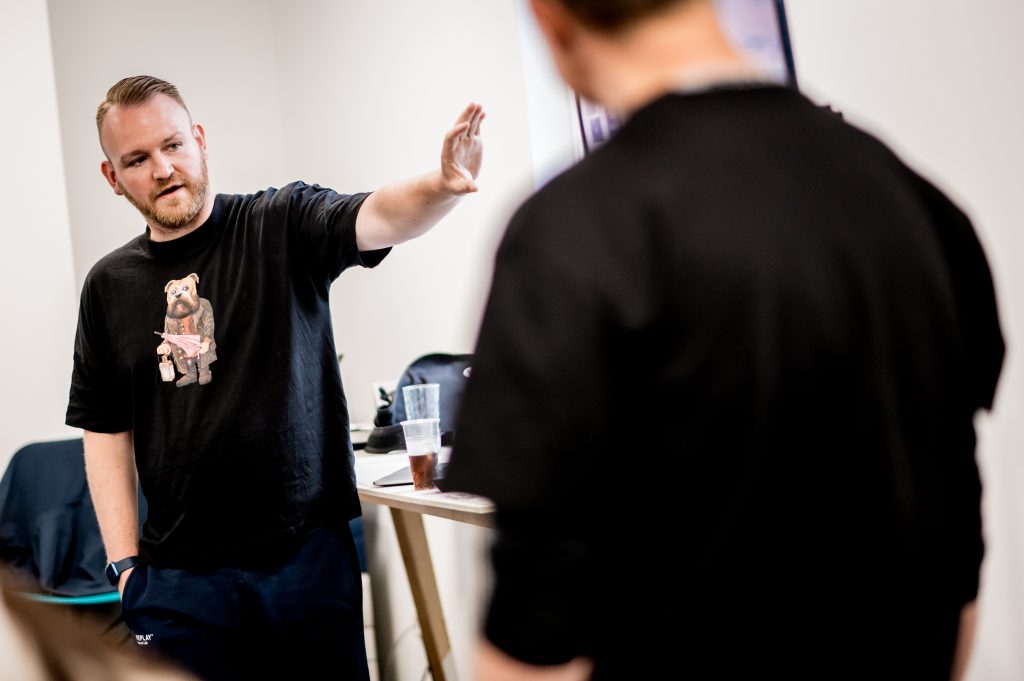1. Sit tight.
As much as we’d love for seed rounds to be as simple as an angel saying they’ll invest on day 1 and all the paperwork and reliefs being processed on day 2, it isn’t the reality. The process usually takes from three to six months. You may find it less painful to split you and your cofounder/s up and have one focus purely on fundraising – at least then you have a daily progress update!

2. Keep your finances in order.
If your runway (time you have until money runs out) comes into question, prepare to have it backed up with facts, figures and credibility! Certain investors may get word that your runway is short and then try to get more out of you, try not to let that happen. Remember that fundraising isn’t the only way to raise cash – there are grants, loans and even crowd-sourcing, too.

3. Networking works.
You never know who may be around while you’re networking. The person who was in your conversation a few months ago at an event might now be looking to invest in a start-up. If not, they may at least be willing to offer you their thoughts and advice on your venture. Don’t be shy, but appreciate that VCs are busy, so have a clear agenda in mind.

4. ‘No,’ because…
The ‘no’s that you receive shouldn’t just be immediately discarded – use them as a learning opportunity. Ask why, and for feedback. Every no takes you closer to a yes as you refine and tweak your pitch, product or offering. And if you have someone being non-committal, push them for an answer; it’s better to have a ‘no’ than to be strung along for weeks working through your runway…

5. Pitch practice.
Practice with your friends. Practice with your family. Your cofounders, employees, neighbour… Feedback from far and wide will only help to cement your pitch and nail it! The further removed from you or your company, the better, as they’re the people less likely to know what you’re up to or to sugar-coat their feedback.

6. Pretty pictures.
Pictures are worth 1000 words. We’ve heard that before, and it’s true. Having illustrations, visuals, graphs, all help towards showing your audience where you’re going. It’s easier to invest in something you can see.
![]()
7. Know your numbers.
It’s all about those projections. 6 months, 1 year, 3 years, 5 and 10. Prove that you can generate income but be realistic. It’s common knowledge that return time for investment such as with seed is at least 5 years, so investors will want to know exactly where their cash is going.

8. ‘Hi, I’m calling to talk about…’
Don’t cold call or cold email. If you’re not savvy enough or clued up enough on who you should be targeting for referrals, chances are they won’t want to invest any of their time, let alone money, into hearing you out.

9. Why?
Why you? Why now? Why this team? Why me? Expect and prepare for all those questions. The investor isn’t just investing in your company – it’s you, your team, your trust! Get to know your potential investors and figure out what they want to see from a culture-perspective.

10. Talk to your investors.
Once you secure that investment, keep your investors in the loop. Whether it be good news or less so, they’ll respect you more for it if you keep them updated regardless, and that can only be a good thing if you decide to go through the process again…

If you want to know more or would like some advice about the SEIS or EIS process, get in touch.


